Ernest Rutherford was having none of it: he was very anxious that everyone knew his results were down to him and nothing else. On hearing ‘Lucky fellow, Rutherford, always on the crest of a wave,’ he is said to have replied, wittily, ‘Well, I made the wave, didn’t I?’[1]
But Rutherford aside, many of our important science-discovery stories do have an important role for luck.
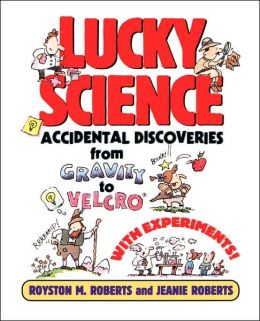 Alexander Fleming famously returned to his messy lab after a break to discover that Staphylococcus bacterial growth had been inhibited by a mould (Penicillin) that had accidentally contaminated one of the petri dishes. Result: antibiotics.
Alexander Fleming famously returned to his messy lab after a break to discover that Staphylococcus bacterial growth had been inhibited by a mould (Penicillin) that had accidentally contaminated one of the petri dishes. Result: antibiotics.
In another well-known example, Luigi Galvani just happened to have some frogs’ legs knocking around in a thunderstorm, and observing their twitches is said to have discovered the electrical impulses in nerves, transmitted to muscles.[2]
And, of course, there’s Newton and the apple. One fruity bonk on the head and gravity sprang irresistibly to mind.
The reality in all these cases is less poetic. Fleming had in fact already been researching anti-bacterial agents (known as lysozymes) before the mould incident, so he was primed to look for things that worked against bacterial growth. It’s also worth noting that Fleming didn’t personally make the jump to thinking of Penicillin as a systemic medicine – only as a topical application. He didn’t, if you like, discover a medicine by chance.
The stories about Galvani and Newton have an even poorer basis in reality. Galvani had a distinct plan (inspired by the work of others) to investigate the links between nervous irritation and electricity, so he didn’t need a chance observation to make him think of it. Besides this, the careful dissection required for his experiments was far beyond the kind of chopping you’d do for the pot.
We can, I think, agree that luck is not a real thing. Chance is real, but not luck, which is the characteristic of obtaining favourable chance.
Assuming, then, that we don’t believe in luck, we need instead to ask what role luck plays in the stories we tell about scientists. How does it help us shape the kinds of narratives that we want to tell about them and what they do? Here’s a historic example, from the early nineteenth century:
How many a fine mind has been lost to mankind by the want of some propitious accident, to lead it to a proper channel … We know not whether the story of Newton’s apple be true, but it may serve for an illustration, and if that apple had not fallen, where would have been his Principia? If the Lady Egerton had not missed her way in a wood, Milton might have spent the time in which he wrote ‘Comus’ in writing ‘Accidence of Grammar;’ and if Ellwood, the Quaker, had not asked him what he could say on ‘Paradise Regained,’ that beautiful poem … would have been lost to us.[3]
This is quite different from modern notions of luck. Rather than delivering a scientific discovery out of the blue, luck seems to play the role of divine grace in enabling men of science to channel their otherwise wayward intellects.
Stories of luck are commonly supposed to serve as a source of inspiration to scientific learners. This example comes from 1807:
[W]hile contemplating gradual improvement of science by the successive labours of many philosophers, and tracing the slight hints and little accidents which often led to important discoveries, [the student] is insensibly encouraged to exert his own ingenuity, and to search for modes of applying the knowledge which he has already acquired. Perhaps even the trite stories of Archimedes’s bath and of Newton’s apple have not unfrequently contributed to excite a spirit of attentive observation in young experimentalists.[4]
In effect this is the very opposite to what we might expect: although it contains two of our famous lucky exemplars, what’s supposed to be learned from them is something within human control, i.e. ingenuity. It bears a strong relation to Pasteur’s famous claim in 1854 (speaking of Oersted and the ‘birth of the telegraph’) that ‘luck favours only the prepared mind’.[5]
In modern stories about science, luck does two related things. Firstly it grants humility to the scientist (especially if a scientist claims it for him or herself) in that he or she claims no personal pride in the discovery. But, contrarily, the attribution of luck also indicates that the scientist is favoured by nature. There is something special and magical about the fact that nature deigned to speak to them. The scientist, even though we don’t exactly believe in luck, goes up on the same pedestal as Jack of Beanstalk fame.[6]
I suspect that we, in the UK at least, got a fresh wave of lucky-science stories in the years following the Rothschild Report of 1971. This Report recommended to the government of its day that 25% of funding allocated through the research councils should be committed in a customer-contractor relationship to fulfil particular (i.e. applied science) needs. This was considered, by many scientists, to be a serious blow to the autonomy of their research. The Rothschild Report, together with all the funding threats that have followed ever since that 1960s financial zenith, provoked them to re-articulate the value of pure research, and one of the ways that they have done so is to emphasise how pure science can produce chance results that are useful. In other words, you can’t by-pass pure science to get to the applied sort. One of the most persistent versions of this particular myth is Teflon, a supposed spinoff from space research.[7]
Finally, it’s worth noticing that stories of luck are often applied to scientists who either came from a humble background and/or were of a shy personality. It’s a way of explaining how, nevertheless, they came to be successful, without transgressing borders of class or gentlemanliness. Don’t worry, he didn’t get superior; he just got lucky. But C. P. Snow, like Rutherford, was having none of it. He was proud of his achievements, yet acutely aware of where his path had been trammelled by cultural expectations and prejudices. He declared:
By training I was a scientist: by vocation I was a writer. That was all. It was a piece of luck, if you like, that arose through coming from a poor home.[8]
This is a rather complex statement. Which thing is lucky? To be a scientist? A writer? Both? Or to have come from a poor home? He seems, in a back-handed sort of way, to be saying that he was lucky to get the best of both worlds because poverty meant that he could not develop his natural inclination (literature) in its naturally posh environs, but instead forced him to be trained in science.
Whatever we think about Snow’s class-based assessment of science, it raises a final and rather serious version of luck in science. It’s luck whether you are well educated in science or not; whether you have a good teacher, good equipment and early opportunities to participate in research. It’s luck whether you are nurtured to study a STEM subject at University, and whether you have appropriate and plausible ambitions beyond that. All this requires funding and effort; it’s too important to leave to chance.
[1] C. P. Snow, Public Affairs (London: Macmillan, 1971), p. 15.
[2] See Charlotte Sleigh, Frog (Reaktion books, 2012).
[3] Review of The Life and Writings of Dr Parr, Quarterly Review 39 (1828), 255-314; p. 255.
[4] Review of Thomas Young, A Course of Lectures on Natural Philosophy and the Mechanical Arts, The British Critic 30 (for Jul-Dec 1807), 1808, p. 8.
[5] ‘… dans les sciences d’observation le hasard ne favorise que des esprits préparés.’
[6] This image of the scientist as humble conduit of nature was cultured by Michael Faraday. See the publications of Iwan Rhys Morus.
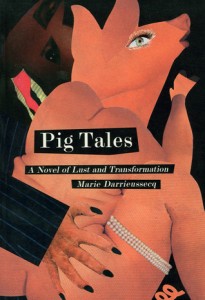


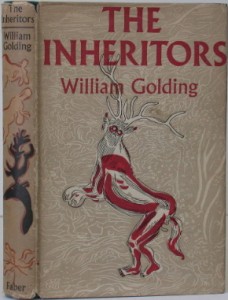






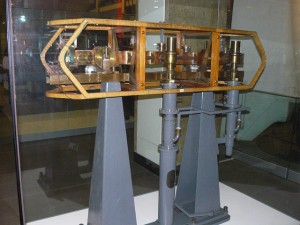
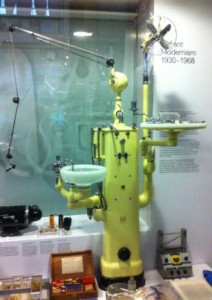
Recent Comments